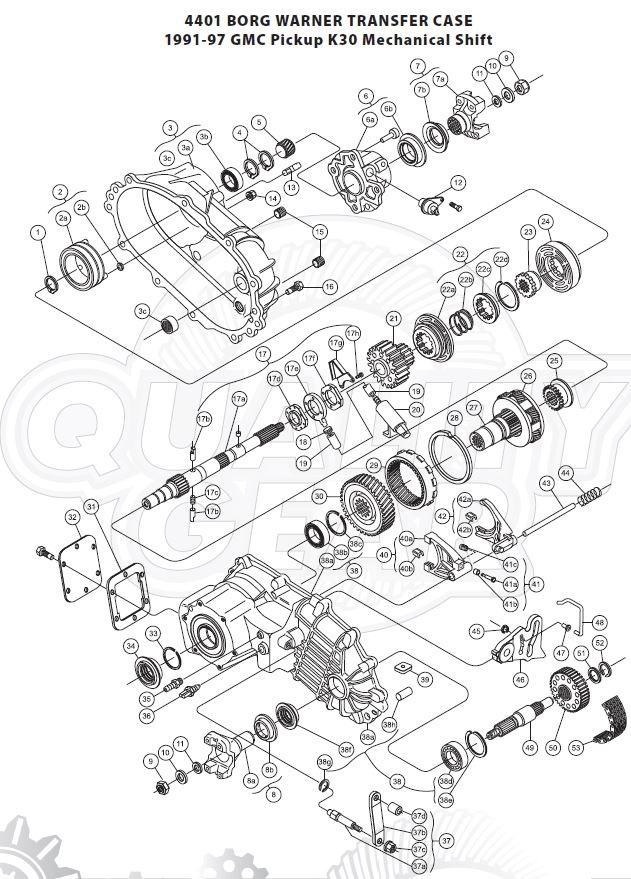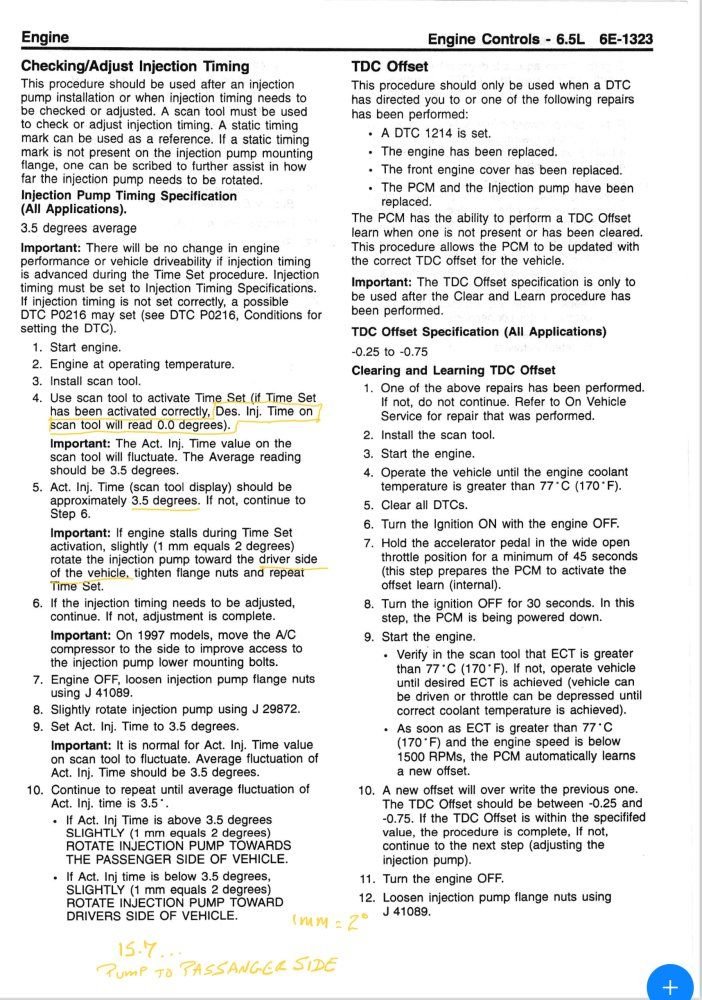Goose57
Well-Known Member
hi all I didn’t see a section for transfer cases. I pulled the output sensor out of the rear of my BW4401 transfer case broke off the hold down bolt. Could not get to it so I removed the 6 mounting bolts and rotated the case down to where I could get to it and repair it. Rotated case back up installed case bolts and now the

sensor won’t go back in. It’s bottoming out on the sensor wheel. It’s like the same sensor grew an inch. Am I missing something. The sensor wheel is on the main shaft and spins when I rotate the drive shaft. I can’t see the sensor wheel moving out of place. Is the wheel supposed to be located directly below the sensor or am I crazy. I’m going to try a bore scope to see if I see anything. I hope I don’t have to pull the case. Thanks

sensor won’t go back in. It’s bottoming out on the sensor wheel. It’s like the same sensor grew an inch. Am I missing something. The sensor wheel is on the main shaft and spins when I rotate the drive shaft. I can’t see the sensor wheel moving out of place. Is the wheel supposed to be located directly below the sensor or am I crazy. I’m going to try a bore scope to see if I see anything. I hope I don’t have to pull the case. Thanks


